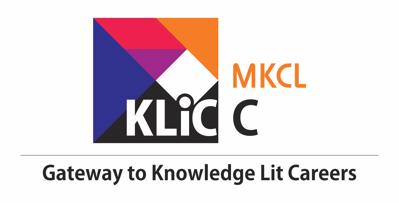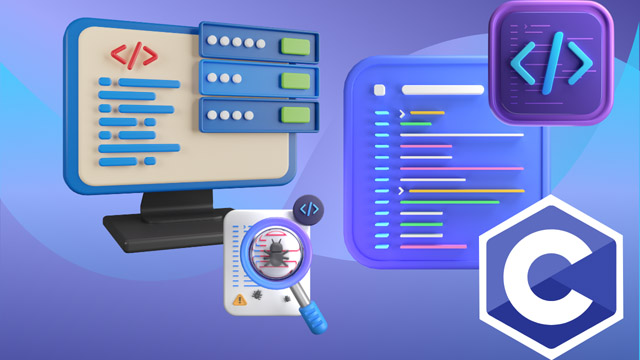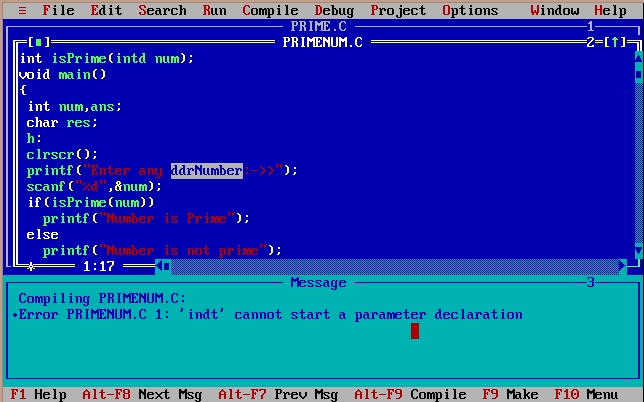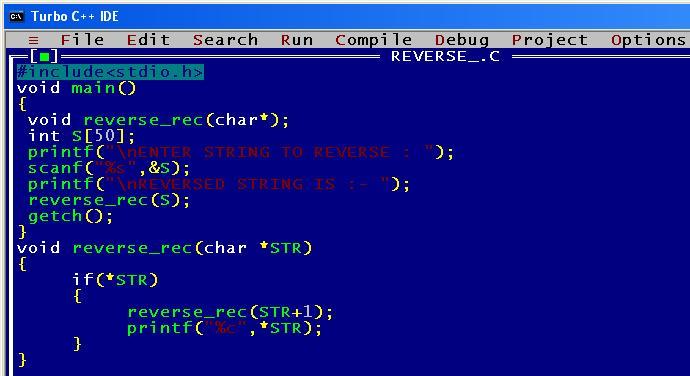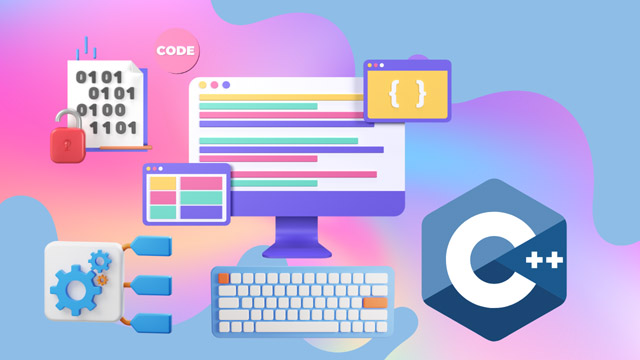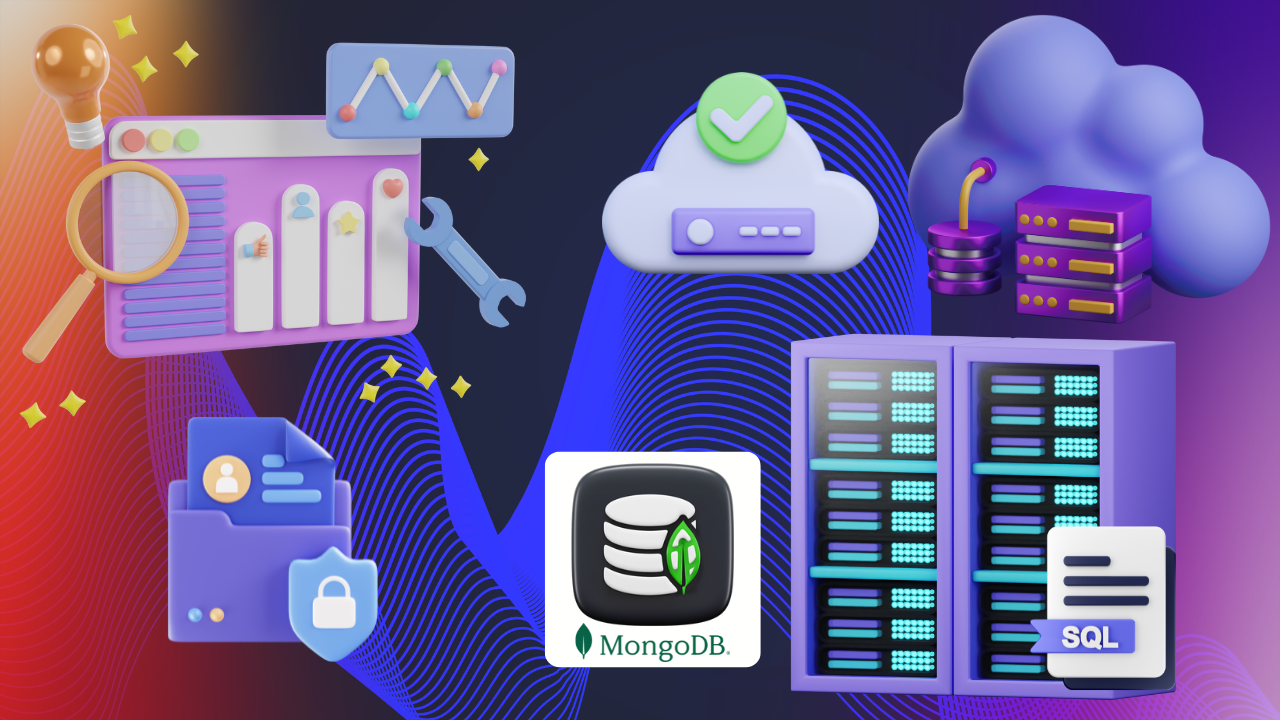Do you enjoy coding? Do you want to build your career in Programming?
Start learning C Programming with us!
This programming language is a widely used and developed to write an operating system. Also, to do application level programming. This is the building block of Computer Technology.
